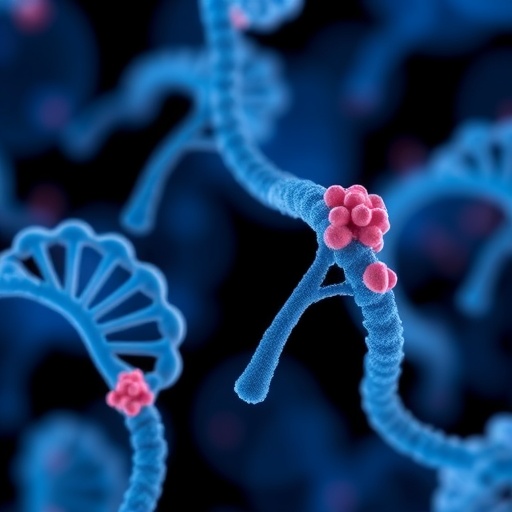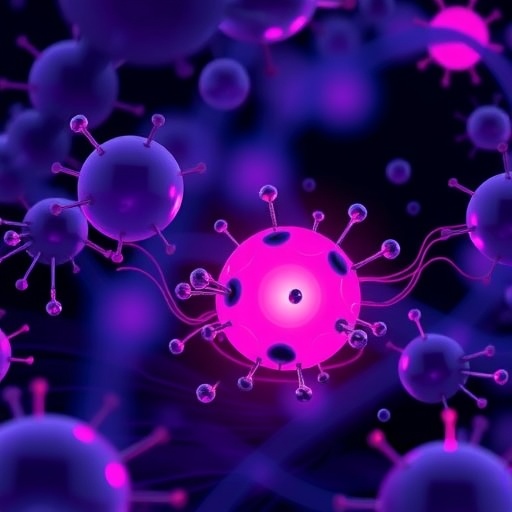
Credit: Matsuhiko Nishizawa
A pain-free, organic and biodegradable drug delivery patch may be on the horizon for home health care patients soon. Researchers from Tohoku University have developed a biobattery-powered device capable of both delivering large molecule pharmaceuticals across the skin barrier and extracting interstitial fluid for diagnostic purposes.
They published their approach online on Jan. 28 in Nature Communications.
The team, led by corresponding author Matsuhiko Nishizawa, professor in the Department of Finemechanics in the Graduate School of Engineering at Tohoku University, developed a microneedle array smaller than a pinky nail. The microneedles are porous, acting as interconnected conduits to either inject or extract fluid, including the large molecules of vaccines or even insulin.
That’s a step further than the patches already commercialized for small-molecule drug transmission used for post-operative pain relief or migraine treatments, Nishizawa said, without increasing needle size. The porous microneedles are 250 microns long, about the width of three and a half human hairs — deep enough to painlessly penetrate the outermost layer of skin without being long enough to hit blood vessels or nerves.
When a low-grade voltage is applied to the array of porous microneedles coated with hydrogel, the flow of liquid is generated like when a syringe plunger is deployed. Called electroosmotic flow, it can increase the transmission rate of drugs across the skin barrier or the extraction speed of interstitial fluid to be tested for such things as glucose levels.
“This research is a first demonstration that the electroosmotic flow generated by a porous microneedle array accelerates the transdermal penetration of drug molecules and the extraction of interstitial fluid,” Nishizawa said.
The researchers powered the array with a biobattery. The battery consists of four coupled electrodes and converts chemical energy, taken from enzymes processing sugar and atmospheric oxygen, into electrical energy. The biobattery and porous microneedle array are secured to the skin with an adhesive patch smaller than a business card.
The researchers are now developing a porous microneedle array with a biodegradable polymer.
“The successful demonstration shown here using a built-in biobattery proves the future possibility of a totally organic electroosmosis flow-based skin patch that is safe and truly disposable,” Nishizawa said.
###
Media Contact
Matsuhiko Nishizawa
[email protected]
Original Source
https:/
Related Journal Article
http://dx.




